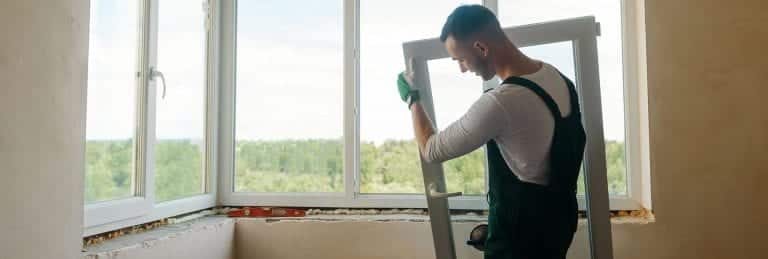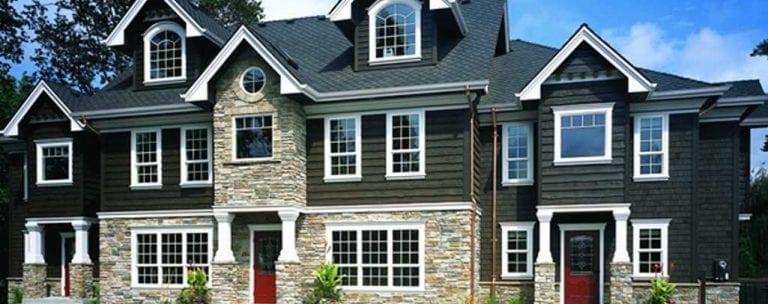Prioritizing Home Projects When You Purchase a Previously-Owned Home

You’ve spent hours clicking through online home improvement and home décor galleries of stunning before and after photos. You trawl through Home & Garden, Dwell, and House Beautiful before you go to sleep. Plus, you’re pretty much on a first-name basis with most of the hosts on HGTV. Tackling your fixer-upper and home projects should be a cinch, right?
Even if you’re excited to get your hands dirty and spend hours comparing material samples from your local big-box home improvement store, home projects can be overwhelming. They require immense planning, patience, and a little—or a lot—of good humor. The first step? Taking stock of what needs to be done and laying the groundwork for revamps that can happen down the line. Here’s what you need to know about prioritizing home projects.

Before You Begin Home Projects: Consider Your Space and Budget
You loved this old Craftsman for its bones—amazing bones—but now that you’re embarking on a revamp of the space, that once-essential crown molding feels slightly less important than a bright, functional kitchen.
Some previously-owned homes need a lot of love to feel livable, while some areas might come to life with little more than a fresh coat of paint and an afternoon at Ikea. Before you dig out your toolkit, consider your space in terms of what needs to get done—and what home projects you’d like to get done.
Begin by:
- Grabbing a pen and paper
- Nailing down your budget
- Breaking down your revamp into two columns—one for needs, one for wants
Needs vs. Wants
But how do you differentiate between what must get done and what you’d love to dive into? It comes down to structure and safety.
- Needs – These are your non-negotiables. They might look like ripping up that carpet you’re allergic to, patching or replacing leaky pipes, or installing appliances that work. If you’re working on a gut reno or a major restoration, these tasks might be structural and relate to the safety and security of your space.
- Wants – These are the things that you’d love to tackle if you have the time and money. They might range from cosmetic touches like fresh coats of paint or replacing your countertops.
You might find that your needs column is a little bit longer than you expected and eats up most, if not all, of your budget. That’s normal—things come up. Sometimes “one small tweak” reveals structural damage that quickly ascends to the top of the “needs” list. And four long months and a demolished primary bathroom later…
Well. The good news? Ikea isn’t going anywhere.
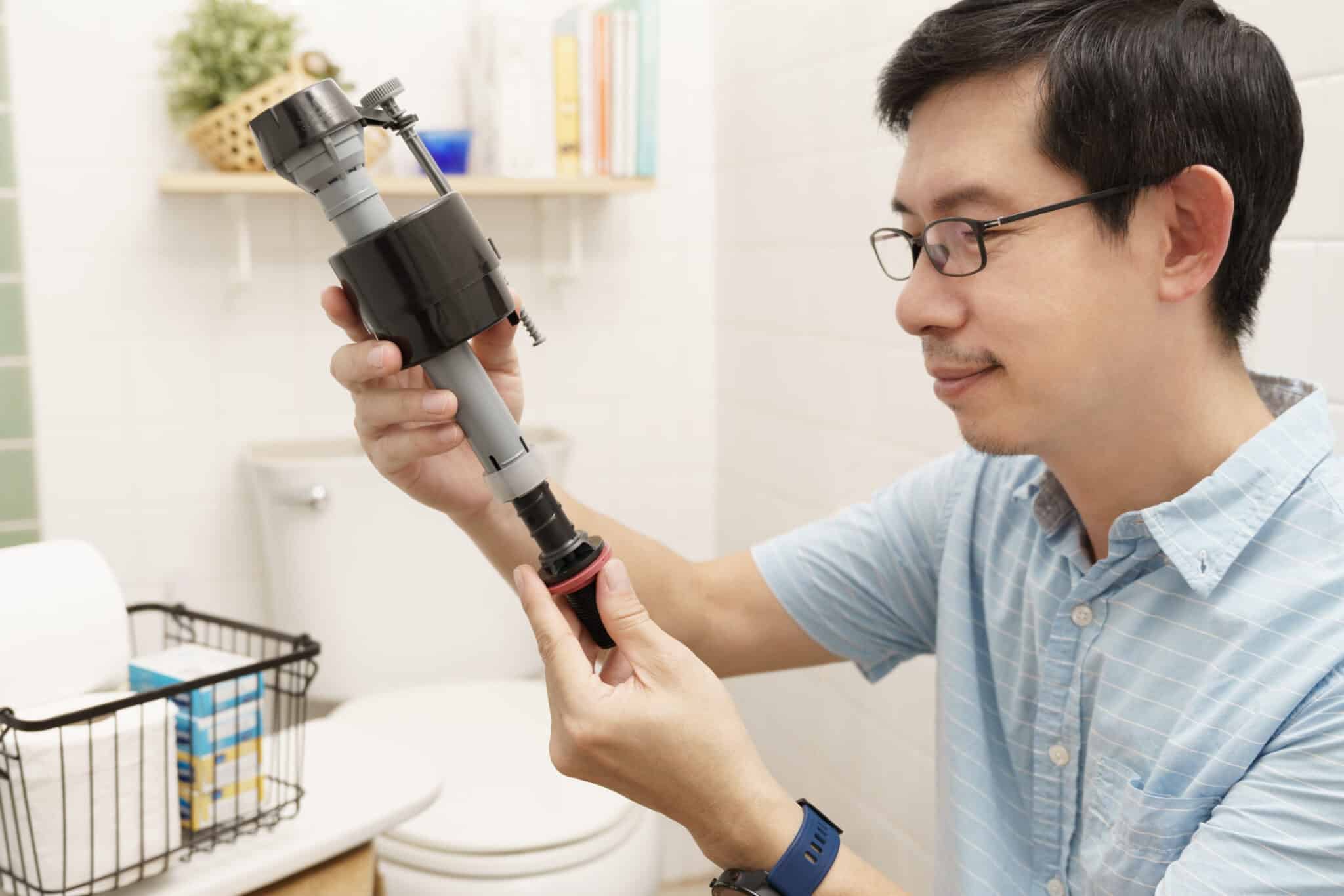
Your First Home Projects Priority: Structural Work
As you scan over your list of needs, consider your larger home projects. It’s a wise idea to prioritize these projects, as they might affect your smaller fixes and cosmetic decisions down the line. You wouldn’t want to expend precious time, effort, and money caulking your tile just to tear it up later.
Your larger projects might relate to the structure of your home and can include:
- Replacing the roof
- Repairing the foundation
- Adding structural carpentry, including beams, doors, and walls
- Installing HVAC ductwork
- Attending to plumbing
- Replacing or enlarging windows
Meet with a general contractor to plot out a plan of attack for any structural jobs. They might see the structural carpentry project, for example, as an opening to bring in an HVAC specialist or plumber (the walls will be open, after all).
If you’re making plans to make some serious structural changes, we recommend you start with two vital components of your home that will make the biggest impact on your home’s health and of course, overall look—your roof and your windows.
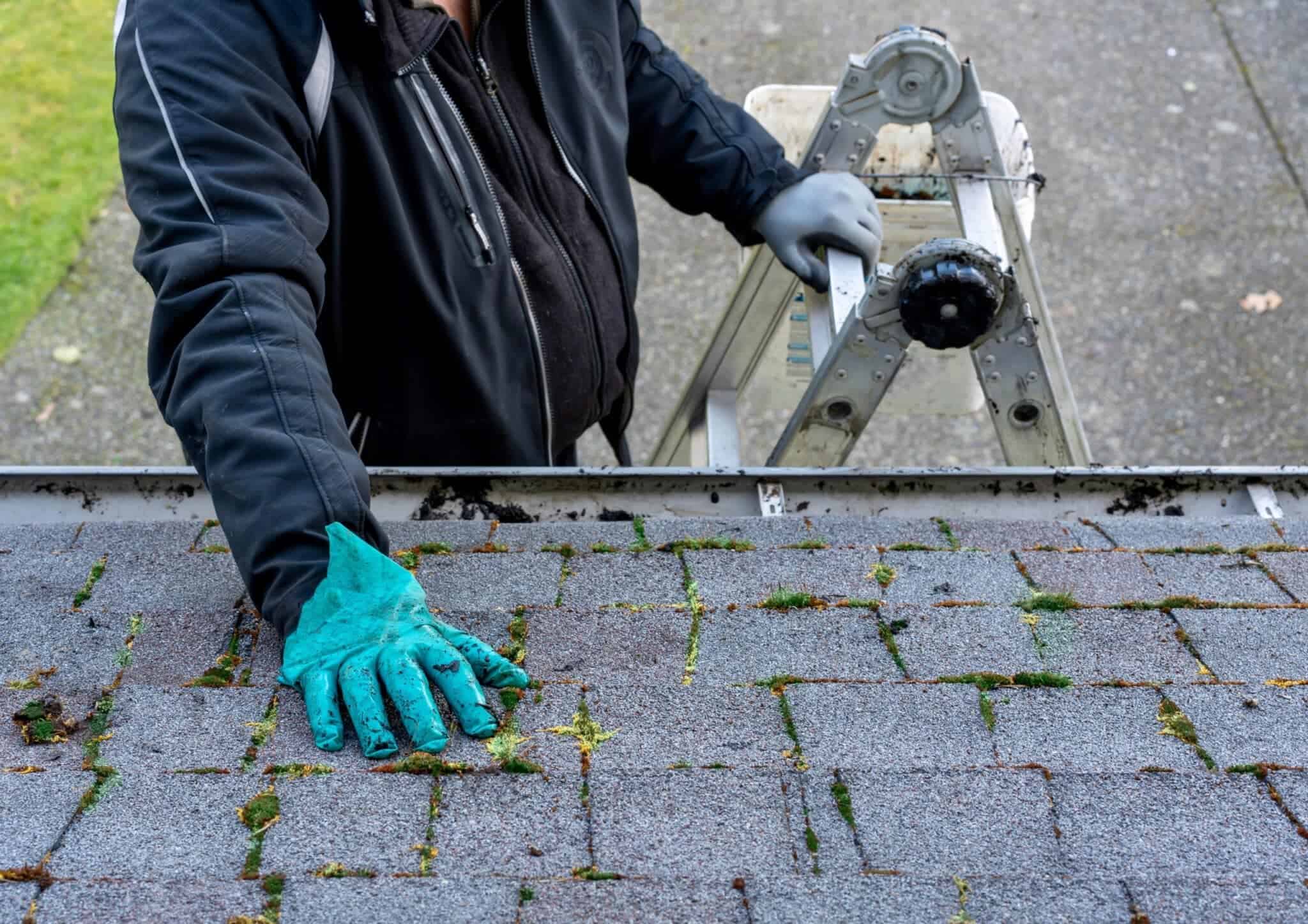
When It Comes To Structural Improvements, Start At the Top: Roof Improvements
With any home project, there’s sure to be a lot of moving parts. But there’s an easy way to figure out where to place your focus when you first embark on a renovation. Start at the top—your roof. While roofs made from slate, copper, and tile may last upwards of 50 years, shingle roofs need to be replaced after 20. Moreover, big storms and harsh climates can send all kinds of roofs into early retirement. Find out when your roof was last replaced. Is it a century old, like your not-quite turnkey Tudor?
If that’s the case, you’ll want to attend to it first. Water damage from roof leaks can degrade the well-being of your entire house, and result in:
- Mold and mildew
- Paint bubbles
- Weakened structures
- Damaged hardwood
- Higher energy bills from reduced insulation
Not every leak springs up from the roof, however. Damaged windows and siding can also leave your home vulnerable to water damage. Replacing faulty windows and weakened siding early on can help you set the foundation for a smooth remodeling process (especially if you’re working in a rainy climate).
Why Prioritize Windows for Your Home Project? Invest Now, Save Later, (And Look Good Doing It)
You know that dilapidated windows can increase your risk of leaks and water damage, but did you know that they might also be to blame for cold drafts, loud noises, and steep energy bills? Replacing your windows can make your spaces sparkle as if new—and it can also pay off down the line, especially if you choose an energy-efficient option suited to your climate.
Why Choose Energy-Efficient Windows for a Home Project?
According to the US Department of Energy, up to 30% of residential energy use comes from heat gain and heat loss from windows. And increased energy usage has ramifications for the environment and also for your monthly bills.
There are benefits to a whole house window inspection. If you’re looking to conserve energy and cut down your utility costs in the process, consider updating to energy-saving windows that keep cool air inside and warm air out (or vice versa, depending on your climate).
The benefits of a window refresh are manifold:
- Comfort – Energy-efficient windows are double-paned to boost insulation, keeping you cool during hot spells and warm throughout long winters.
- Savings – Households that make the switch to energy-efficient windows can expect about $450 in energy savings per year.
- Resale value – Working on a flip? Bringing your windows into the 21st century is a smart way to lure buyers concerned with energy and climate. Bonus? Potential buyers will be dazzled by the fresh new look.
Sometimes, just inspecting the glass in your windows and repairing them can help you save money on your window projects and utility bills. Checking to make sure moisture isn’t being built up in your duel paned windows or there are no cracks in the window pane or glass can also save you from extreme repairs later down the road.
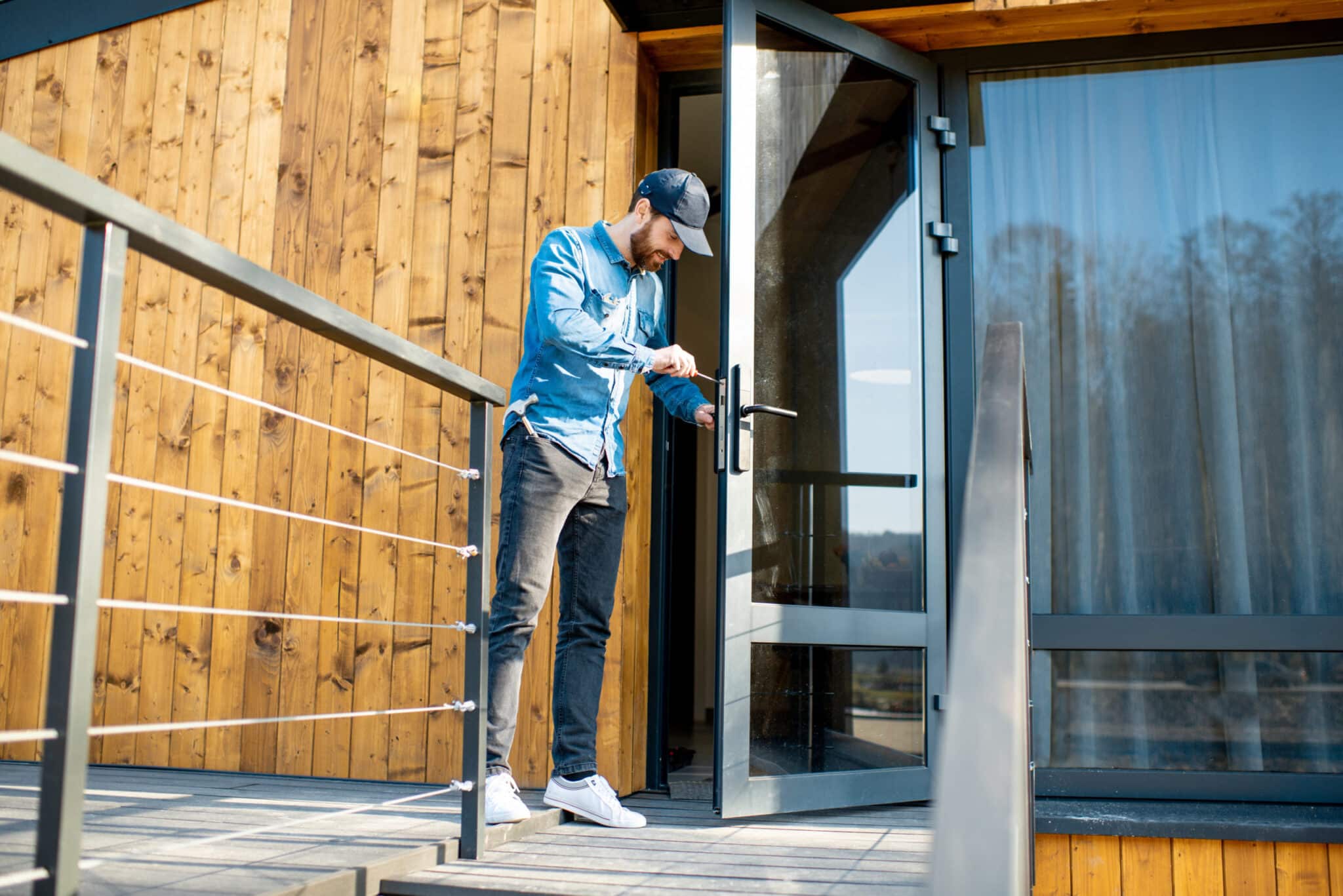
Next Up on Your Home Projects List? Aesthetic Remodels, Surface Spruce-Ups, and Final Touches
Boosting your insulation and attending to roof repairs may not feel like the trendy design projects you had in mind when you first set out, but they’re worth the effort and time.
These fundamental projects increase the safety, security, and structural integrity of your home. Plus, they’ll set you up for a future of success when it comes to sprucing up your house—whether it’s your forever home, or your next fantastic new flip.
When the last shingle is laid and the window caulking dries, it’s time to dive back into your Pinterest board. Consider passion projects like:
- Tiling your shower and adding a new shower door
- Revamping your flooring
- Refreshing the paint on your walls
- Replacing your countertops
- Upgrading your finishes
And, if you have a little remaining coin in your budget, there’s no reason not to make your décor dreams a reality. Sometimes, tackling the primary bathroom first pays off. You use it the most and it is a relaxing get-away for you to use every day. Maybe consider updating your shower door or glass tub enclosure first, then let that project inspire the rest of your home. If your bathroom is renovated before your purchases, having someone look and add a shower glass stain protection is also a great way to keep maintenance up so you are not adding a bathroom reno on your home project list later on.
Bring Your Home Projects To Life with The Glass Guru
No matter where you are on your home remodeling journey, The Glass Guru is here to help. Our team of local skilled glass specialists will meet you where you are—whether you’re launching into a full gut-job or just remodeling your bathroom with a little TLC.
With our custom glass doors, custom mirrors, and windows and personalized service, we’ll attend to your unique needs and niche wants—and save you time, money, and sweat in the process.
Looking for some clarity when it comes to your home projects? Call us for a free estimate today.




